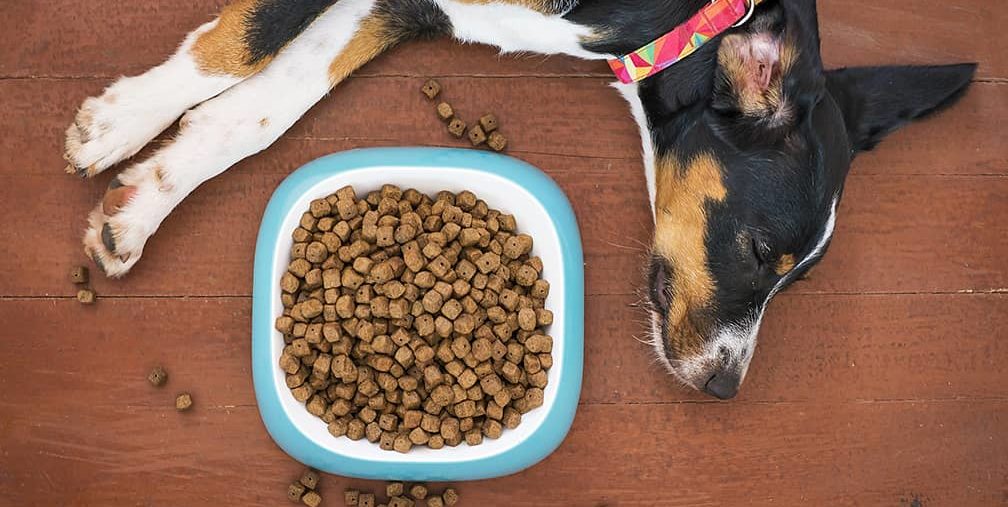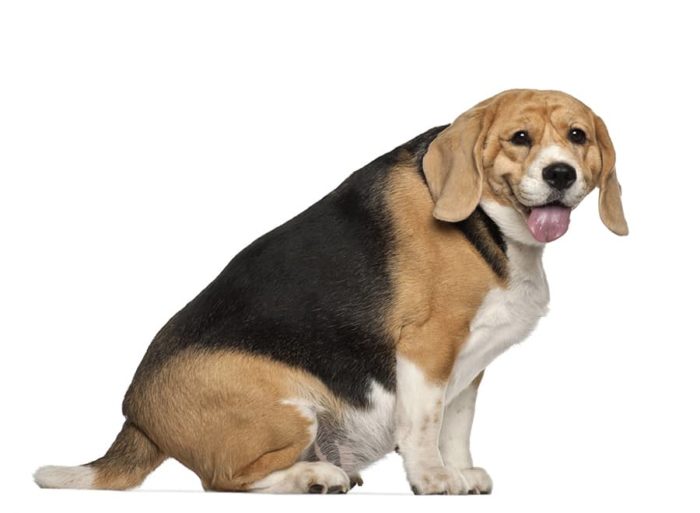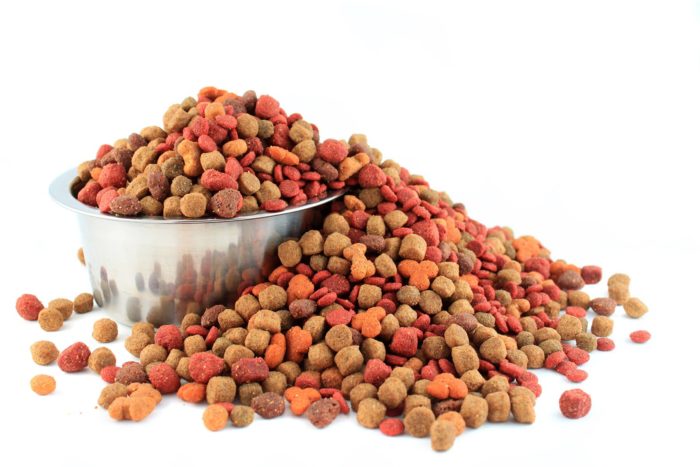
How Healthy is Kibble? Do You Know What’s In It?
January 9th, 2022
Have you thought about what your dog eats every day?
Do you have what you consider to be a healthy diet? Do you want the same for your dog?
We think the answer is a resounding YES! Most of us consider our dogs to be family members and want them to be as healthy as possible for as long as possible.
So what’s the story with kibble? How did it come about?
Kibble was first developed in the 1800s but began to gain popularity during WWII because of meat rationing. Dog food was considered non-essential, so manufacturers had to find new options. In 1956, Purina produced the first dry kibble through extrusion, which continues today.
In 1964 The Pet Food Institute launched a series of marketing campaigns to convince pet owners that commercially prepared kibble was the only option to feed their pets. These campaigns were highly successful, and if you notice, they continue today.
What is extrusion in making dog food?
Extrusion is when mixed ingredients are heated to extremely high temperatures and pushed through die-cut machines to form the different kibble shapes. The final process is to pray on animal fats to add flavor and synthetic vitamins and minerals to make up for the real nutrients lost during the heating and extrusion process. Adding synthetic vitamins and minerals is the only way to make the finished kibble AAFCO compliant.
But studies have shown that the body can’t completely utilize these synthetic vitamins and minerals, putting stress on the liver and kidneys.
What are the other concerns about kibble?
Here are a few of the more important ones.
Uses feed-grade ingredients:
Feed-grade ingredients may contain parts of diseased, dying, disabled, or dead animals. The FDA allows this knowing that these ingredients will go through a high heat process which will kill harmful bacteria.
Ingredients are highly processed:
Highly processed ingredients can create carcinogens that can be detrimental to your dog’s health in the long term.
It likely has a high starch content:
Carbohydrates (grains and genetically engineered corn, wheat, rice, and potato) make up the bulk of ingredients in many kibble brands. Even grain-free blends can have a high starch content by using peas, legumes and. As a result, a high starch diet contributes to weight gain and other metabolic stresses.
Low moisture content:
Low moisture content puts a dog into a constant state of dehydration. Imagine how thirsty you would be if all you ate were crackers. And how unhealthy you’d be!
Quicky goes rancid:
As soon as the bag is open, kibble begins to degrade. Fats in the food and sprayed on the food will start to go stale, leading to a host of problems in the food that can cause health issues.
Added colors and chemicals:
Colors and chemicals can cause serious health problems, including cancer.
We know that kibble is easy to feed and is often the only option for many people because of lifestyle and budget. But, just as with humans who eat a diet primarily of fast foods, kibble can cause the same adverse effects that a fast-food diet can cause in humans.
As an option, if you can manage it, give your kibble-fed dog some raw meat, fruits, and vegetables in addition to his kibble. The added real nutrients will benefit him, and he will love it. Just remember to cut back on the kibble if you do this to make sure he’s not getting too many calories.
Our advice is to look at your options, educate yourself, read the label on the bag, and feed the best food you can afford to buy that also works with your lifestyle.


